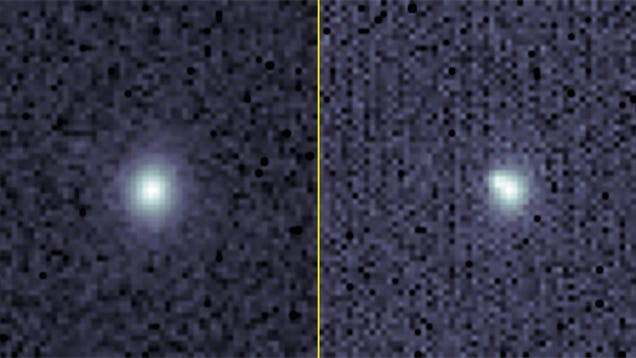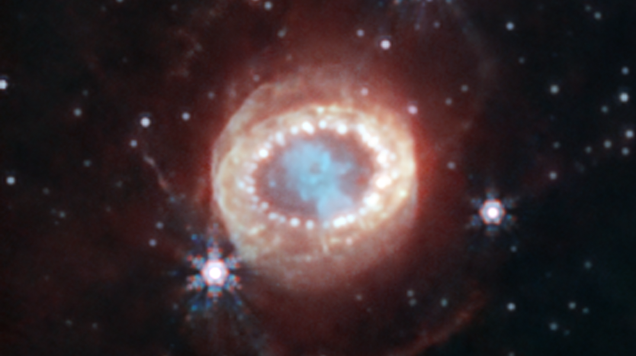T Coronae Borealis, a binary star system located 3,000 light-years from Earth, is a ticking time bomb waiting to explode. And if the recurring nova follows its usual pattern, we can expect to see a new, albeit temporary, star appearing in our night sky any day now.

A team of astronomers recently captured a series of images of a distant star as it wentsupernova, providing a remarkable play-by-play of stellar death and possibly the birth of a black hole.

On September 7, 2022, the Zwicky Transient Facility detected a new transient object in deep space, about one billion light-years from Earth. The object was very bright, and now, a team of astronomers believes it’s a star that’s come back from the dead.

You can add supernova spotting to the laundry list of accolades attributed to artificial intelligence. This week, a collaboration of astronomers led by Northwestern University said they have developed the world’s first AI-assisted, fully automatic supernova detection, identification, and classification system. The…

The Webb Space Telescope recently imaged Supernova 1987A (SN 1987A), one of the brightest supernovae in the night sky and the nearest observed in centuries, according to NASA.

Astronomers have discovered an ancient stellar remnant that keeps its light elements separate, in a strange first.
